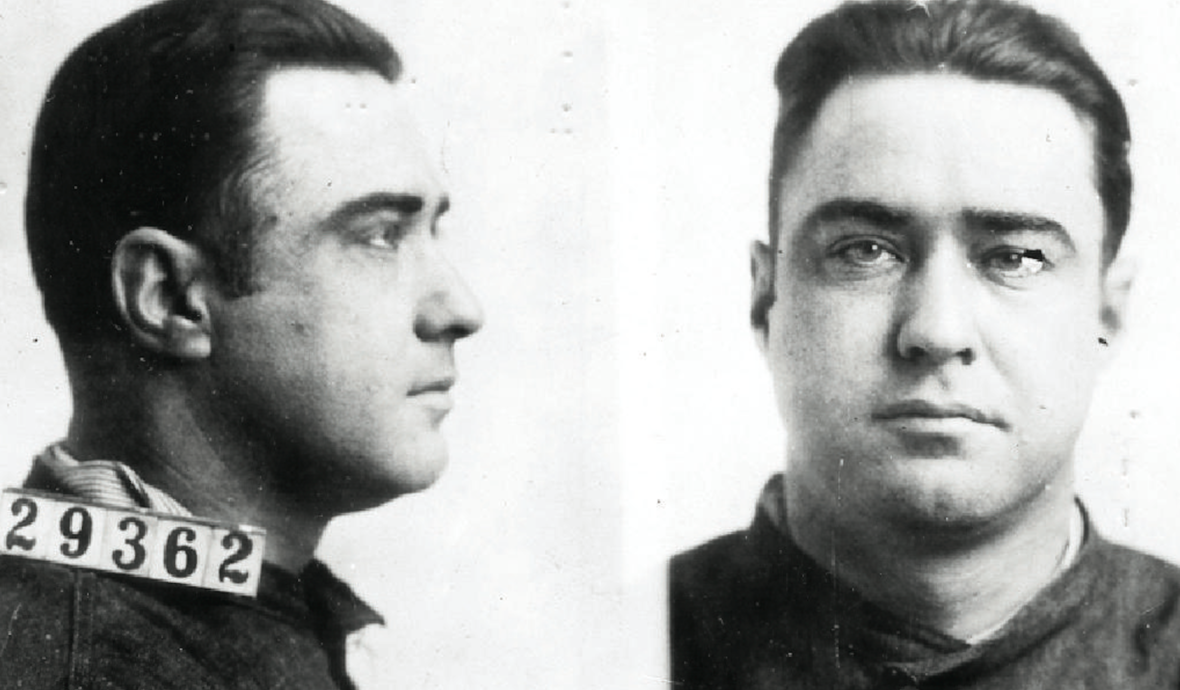George Kelly Barnes, better known by his nickname “Machine Gun Kelly,” was an American gangster from Memphis, Tennessee, during the Prohibition Era. Take a look below for 26 more scary and bizarre facts about George Kelly Barnes.
1. He attended Central High School in Memphis.
2. His nickname came from his favorite weapon, a Thompson sub-machine gun.
3. His most infamous crime was the kidnapping of oil tycoon and businessman Charles F. Urschel in July, 1933, for which he, and his gang, collected a $200,00 ransom.
4. Urschel had collected and left considerable evidence that assisted the subsequent FBI investigation which eventually led to Kelly’s arrest in Memphis, Tennessee, on September 26, 1933.
5. His crimes also included bootlegging and armed robbery.
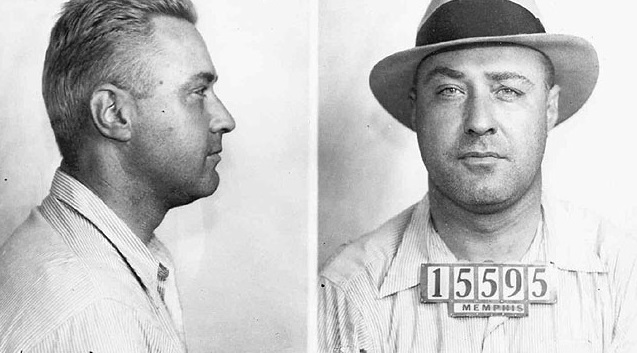
6. Despite the nickname “Machine Gun Kelly,” he was a relatively minor criminal until a 1933 kidnapping made him infamous.
7. Before beginning his life of crime, he was a student at Mississippi A&M College.
8. He married Geneva Ramsey when he was 19 years old. The couple had two sons together before divorcing.
9. His first wife told The New York Times, after his arrest, that she divorced him because he was “running in bad company.”
10. Involved in bootlegging as a teenager, Kelly returned to the profitable illegal enterprise after several failed attempts at legitimate work.
11. he was caught selling illegal liquor in 1927 and spent a few months in jail in New Mexico.
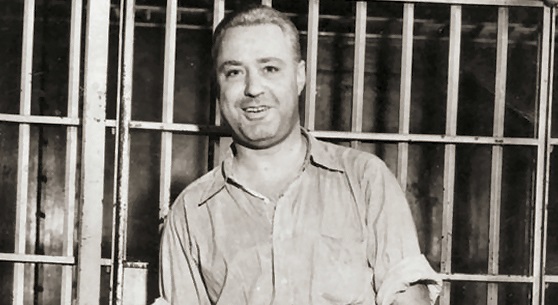
12. Arrested again, this time for selling liquor on an Indian reservation, Kelly spent time in Leavenworth Prison in Kansas.
13. While incarcerated, he made friends with several bank robbers, including Charlie Harmon, Frank Nash, Francis Keating and Thomas Holden, and is believed to have helped Keating and Holden escape.
14. While in Leavenworth Prison, Kelly was reportedly a model inmate and was released early.
15. Shortly thereafter, Kelly married Kathryn Thorne, an experienced criminal who purchased Kelly’s first machine gun, insisted – despite his lack of interest in weapons – on his performing target practice in the countryside, and went to great lengths to familiarize his name within underground crime circles.
16. The successful July, 1933, kidnapping of wealthy Oklahoma City resident, Charles F. Urschel and his friend Walter R. Jarrett, would become his undoing.
17. Kelly demanded a ransom of $200,000, and held Urschel at the farm of Kathryn’s mother and step-father.
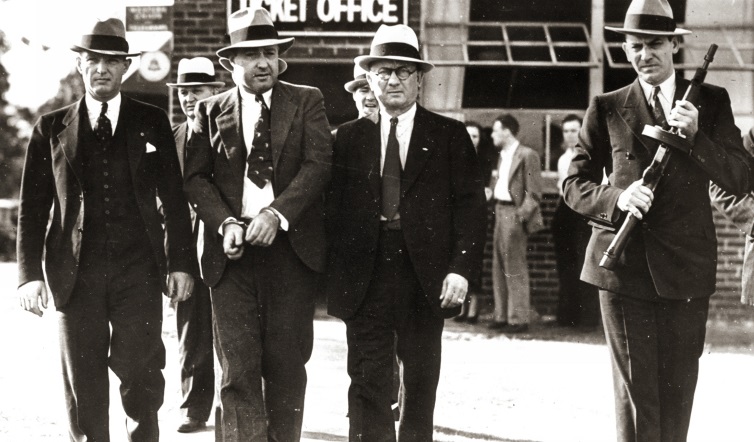
18. Urschel, having been blindfolded, made note of evidence of his experience including remembering background sounds, counting footsteps and leaving fingerprints on surfaces in reach. This proved invaluable for the FBI in its investigation, as agents concluded that Urschel had been held in Paradise, Texas, based on sounds that Urschel remembered hearing while he was being held hostage.
19. An investigation conducted in Memphis disclosed that the Kelly’s were living at the residence of J.C. Tichenor.
20. Special agents from Birmingham, Alabama, were immediately dispatched to Memphis, where, in the early morning hours of September 26, 1933, a raid was conducted. George and Kathryn Kelly were taken into custody by FBI agents and Memphis police.
21. The arrest of the Kelly’s was overshadowed by the escape of ten inmates, including all of the members of the future Dillinger Gang, from the penitentiary in Michigan City, Indiana, that same night.
22. On October 12, 1933, George and Kathryn Kelly were convicted and sentenced to life imprisonment. The trial was held at the Post Office, Courthouse, and Federal Office Building in Oklahoma City.
23. Kelly spent his remaining 21 years in prison.
24. During his time at Alcatraz, he got the nickname “Pop Gun Kelly.” This was in reference, according to a former prisoner, that Kelly was a model prisoner and nowhere near the tough, brutal gangster that his wife made him out to be.
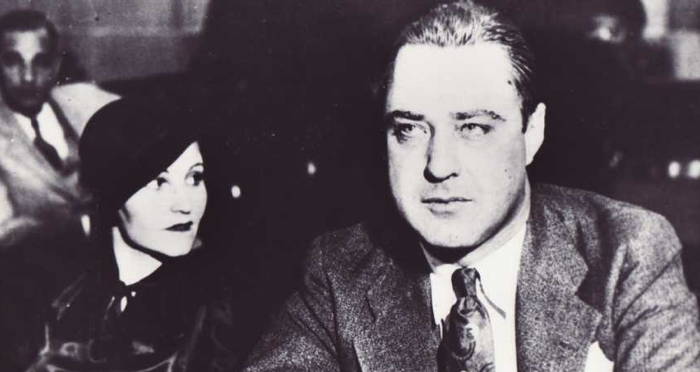
25. He spent 17 years on Alcatraz as inmate number 117, working in the prison industries, and boasting of and exaggerating his past escapades to other inmates, and was quietly transferred back to Leavenworth in 1951.
26. He died of a heart attack at Leavenworth on July 18, 1954, his 59th birthday, and is buried at Cottondale Texas Cemetery with a small headstone marked “George B. Kelly 1954.”

